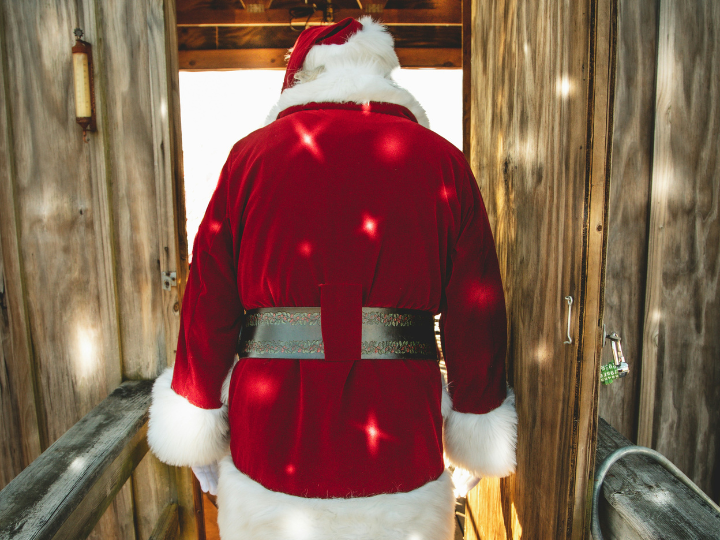by Tim Harcourt*
Father Christmas, Saint Nick, or — as he is better known — Santa Claus, is a symbol of the global economy. After all, he is an exporter — he delivers goods (toys) to consumers (children who are good) across the world.
For those of you who don’t believe it, look more closely at Santa Claus’ operation. You will find that Santa’s business operation, structure and delivery system follow all the best practices of thriving export businesses.
A born globalist
First of all, Santa Claus is a born globalist. He realized long ago that the North Pole has a limited domestic market for toys. He therefore decided to run his business on an international basis.
This is an important lesson for many companies in small countries. If you have a limited domestic market, you should think about exporting.
Second, like most successful global businesses, Santa Claus is a well-known brand and has built a sustainable export business around this brand while keeping his corporate headquarters in the North Pole.
In this way, he maintains a worldwide brand while maintaining the company’s roots and strong local identity (which is part of his brand’s strength and reputation). This is a good lesson for potential exporters.
A skilled HR manager
Third, Santa Claus has maintained a high standard of human resource management. He has a stable, loyal workforce and good industrial relations. In fact, there is never been a strike or lockout at the North Pole.
Santa’s Little Helpers have been with the company all their careers and have hence built up strong networks and knowledge about the company and its operations.
Research shows that long-serving employees are the best knowledge workers, as their experience and social networks make them far more effective to the company than younger workers. Furthermore, good wages and conditions help, too.
Research also demonstrates that exporting companies on average pay higher wages and provide better conditions and job security than do non-exporters. This helps the company, too, in terms of skill development and productivity.
A master of logistics
Fourth, Santa overcomes logistical problems by using intermediaries. He cannot gain all the market knowledge he needs, so he uses proxies (such as parents, grandparents, aunts and uncles) to ascertain the ultimate needs of consumers.
He then franchises to reliable local parties to ensure that he goes the “last quarter mile” in satisfying the customer (and therefore avoids the pitfalls that have beset many dotcom companies).
An effective CRM manager
Fifth, Santa, like all successful exporters, visits the market on a regular basis and undertakes market research in the lead up to Christmas.
He seeks advice about the market (where required) through strategic positioning at shopping centers and by making selective appearances at Christmas parties.
This has enabled him to adapt his product to different cultures in countries all over the world. On the big night itself, he uses a simple market entry strategy — via the chimney — and responds well to clear market signals (such as Christmas stockings hung over mantlepieces).
Flexible and innovative
Finally, like all successful exporters, Santa Claus is flexible and innovative. Like all good exporters, he leads the market in terms of consumer tastes and trends. For instance, Santa knew when wooden toys were making way for plastics and electrical goods. He’s always up on all the latest technology.
Furthermore, research shows that exporters are very innovative in terms of production methods and business practices. Santa is no exception.
When faced with an unusual natural resource (such as a red-nosed reindeer named Rudolph), Santa demonstrated his ability to think outside the box and had Rudolph lead the other reindeers in pulling the sleigh in bad weather.
Conclusion
So there you have it: Santa is a long-term, sustainable exporter operating a global business in many different markets. He knows his customer (through direct and indirect mechanisms), knows the importance of his brand and treats his workers and his reindeer well.
So Merry Christmas, and let’s hope Santa delivers for you too.
*Industry Professor and Chief Economist at University of Technology Sydney
**first published in: Theglobalist.com




 By: N. Peter Kramer
By: N. Peter Kramer

